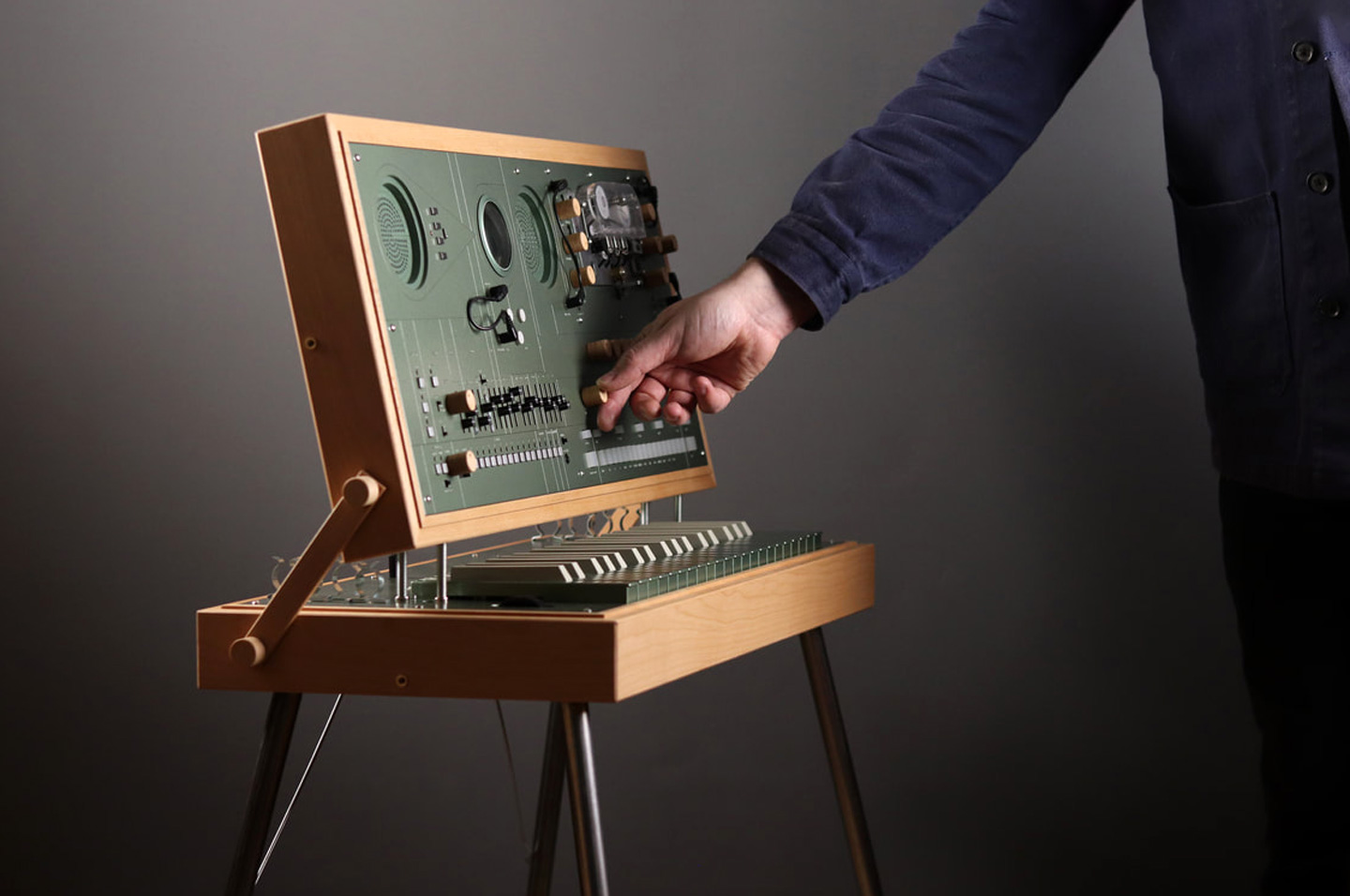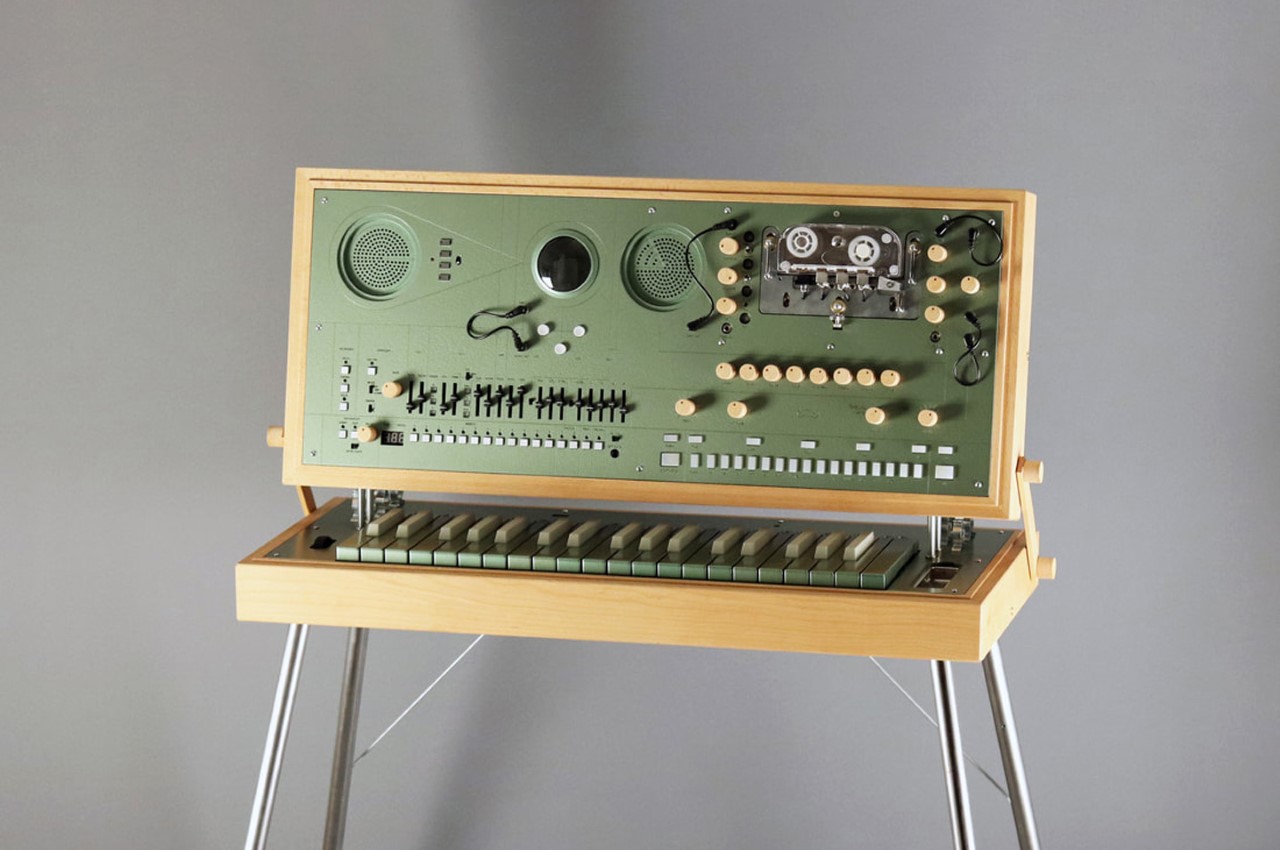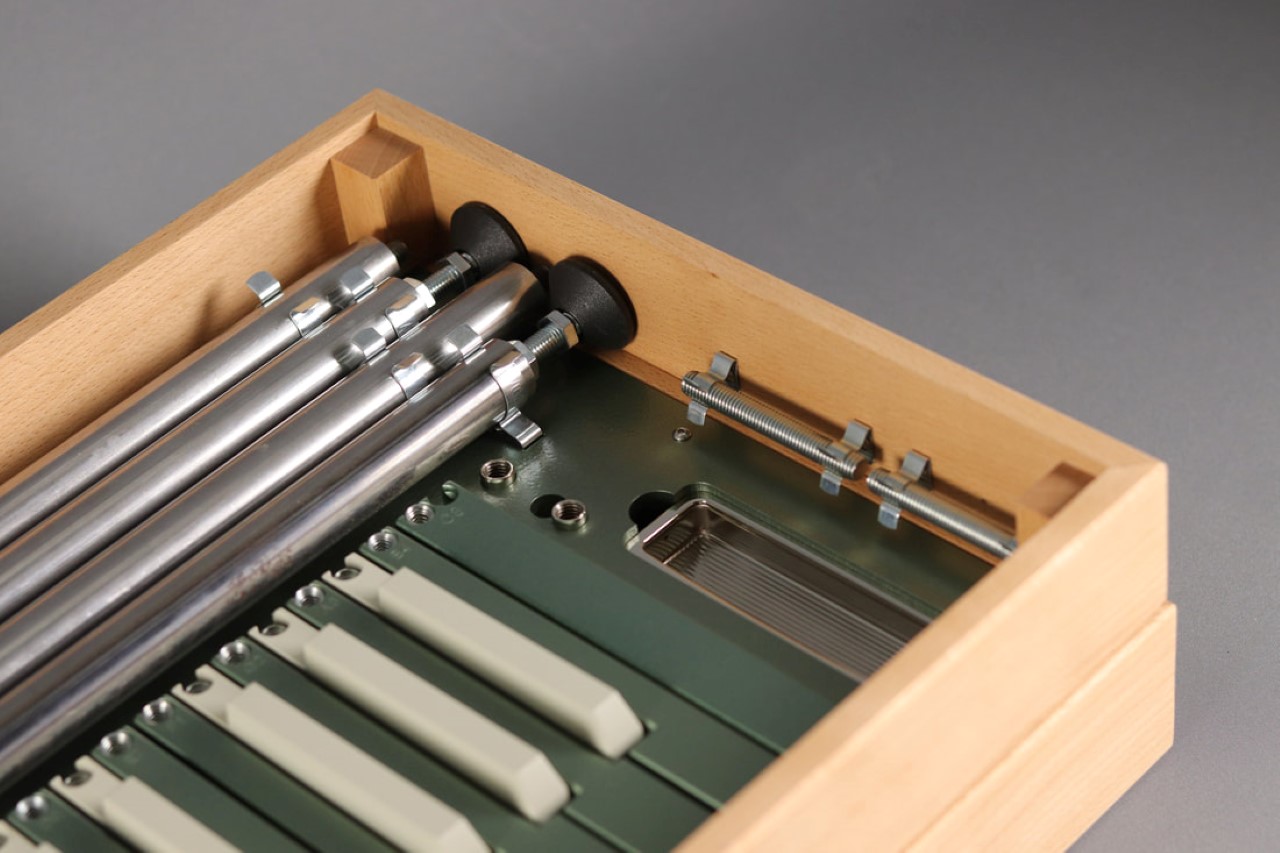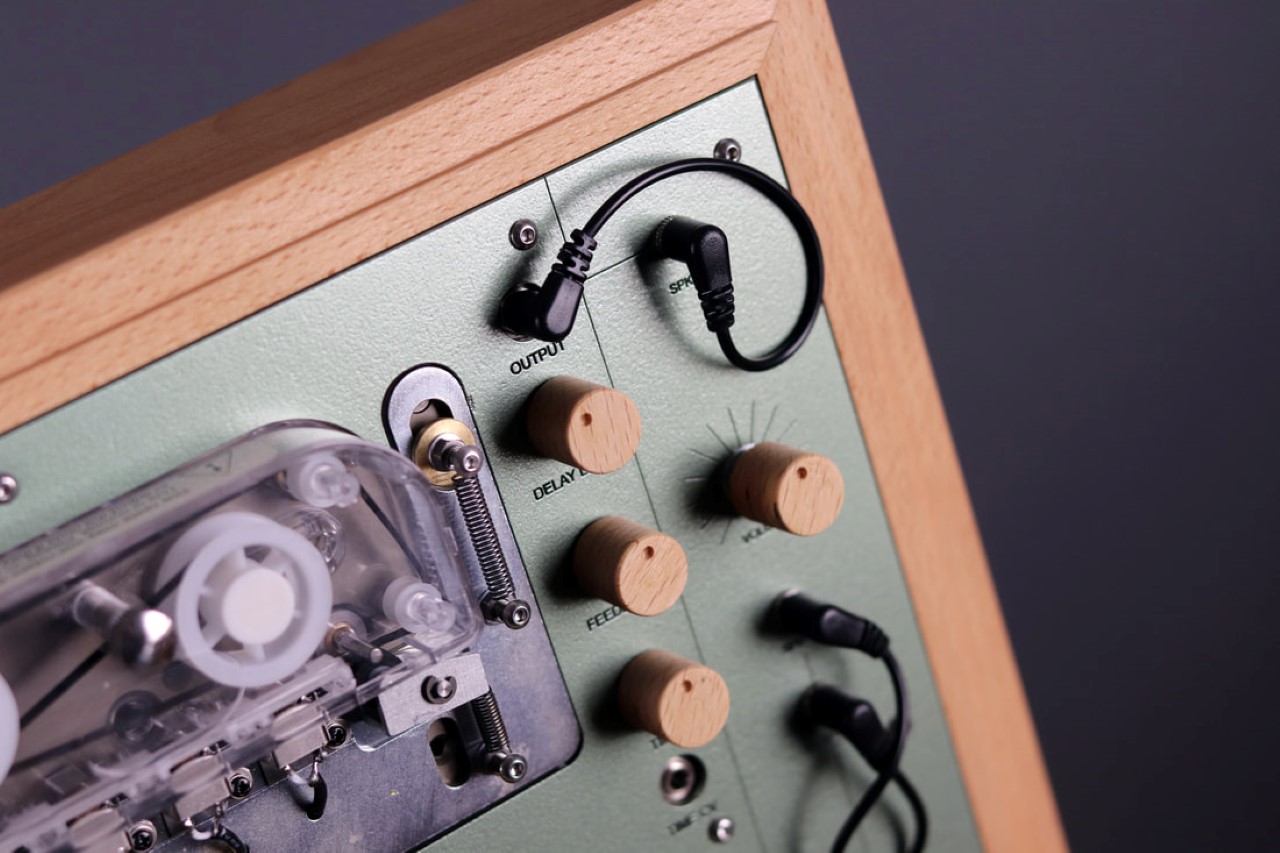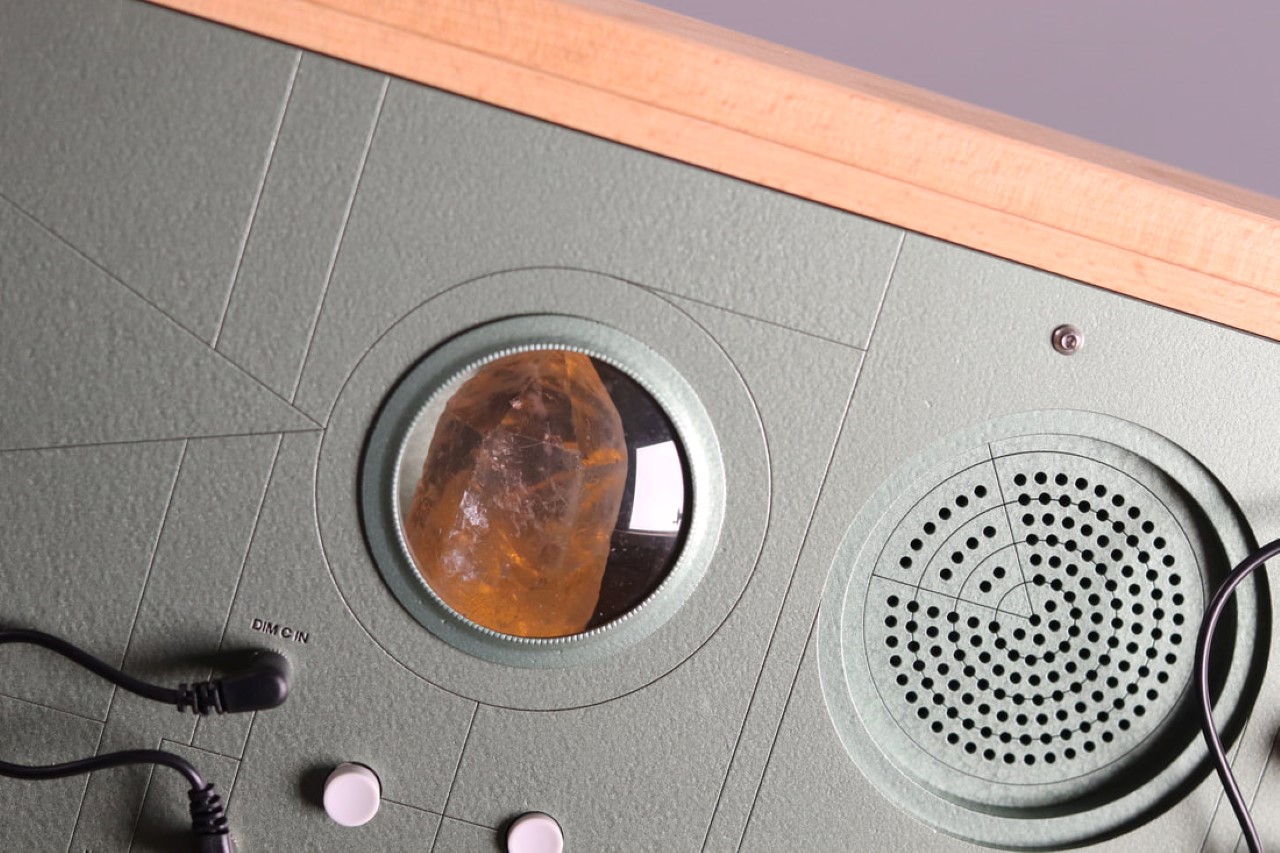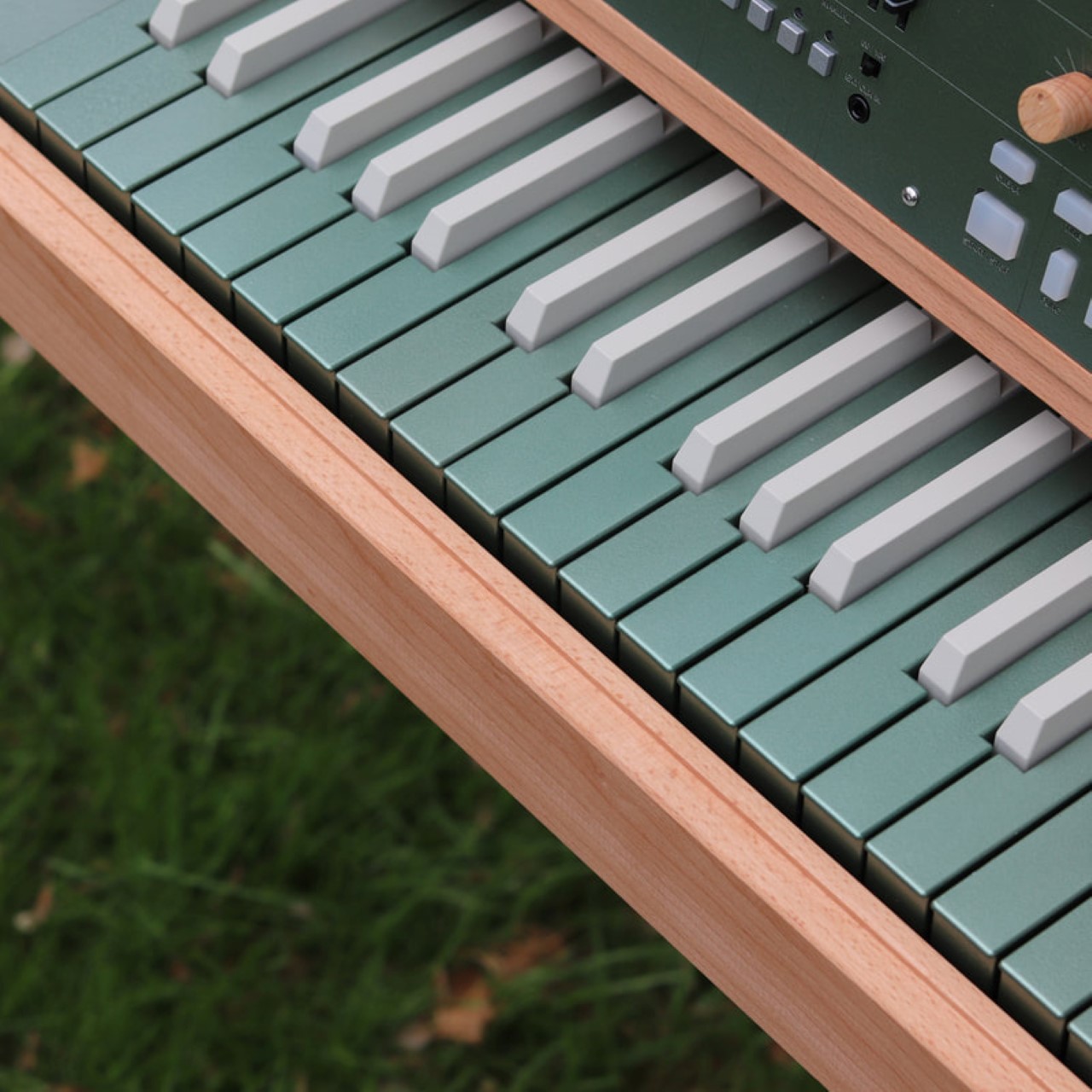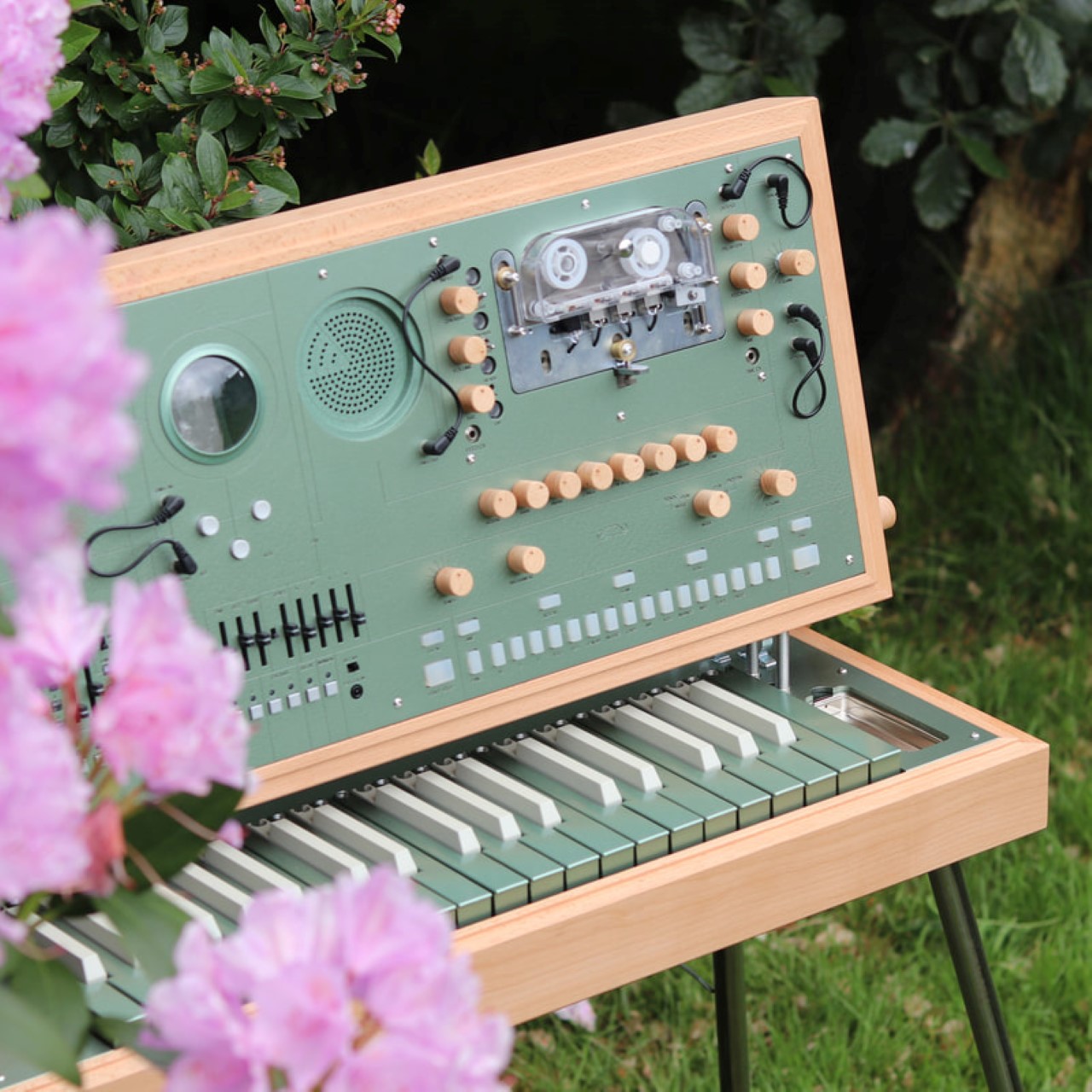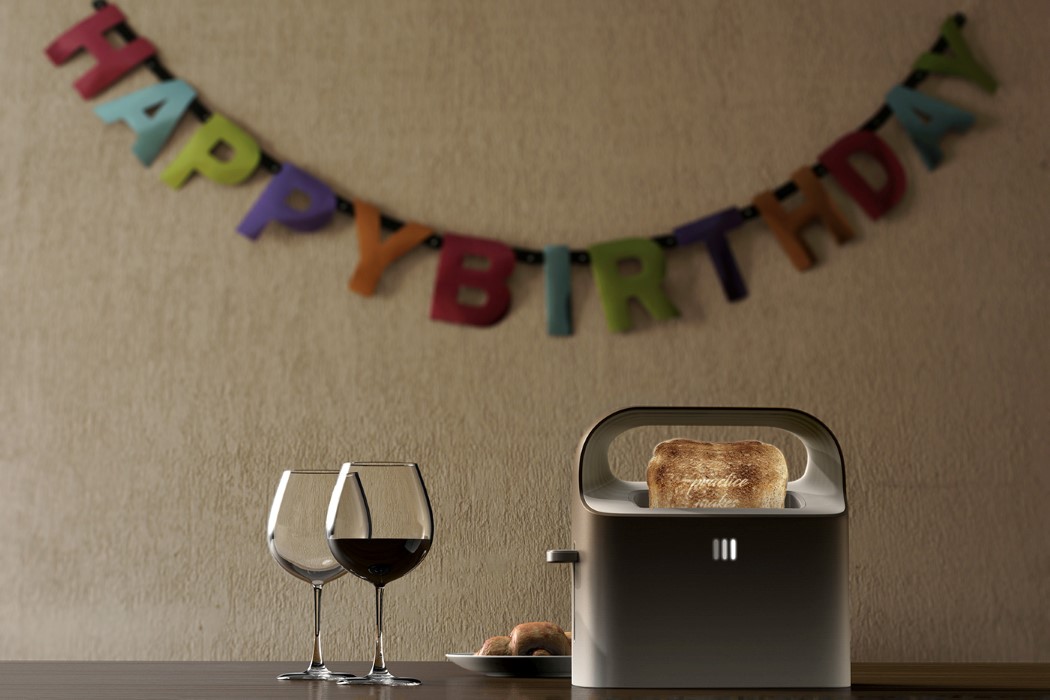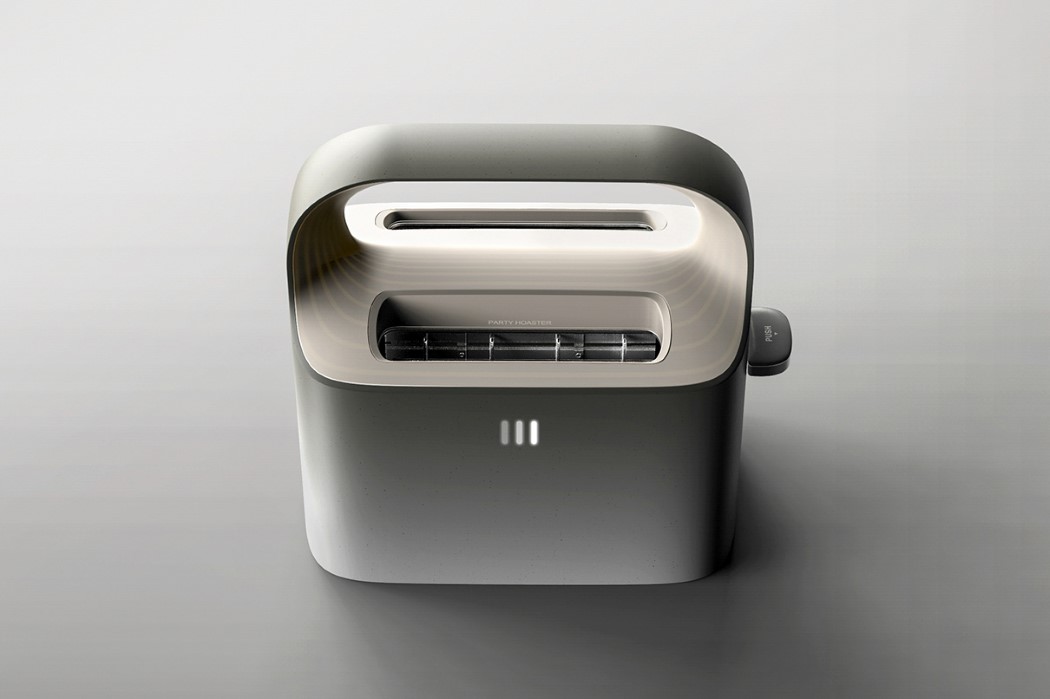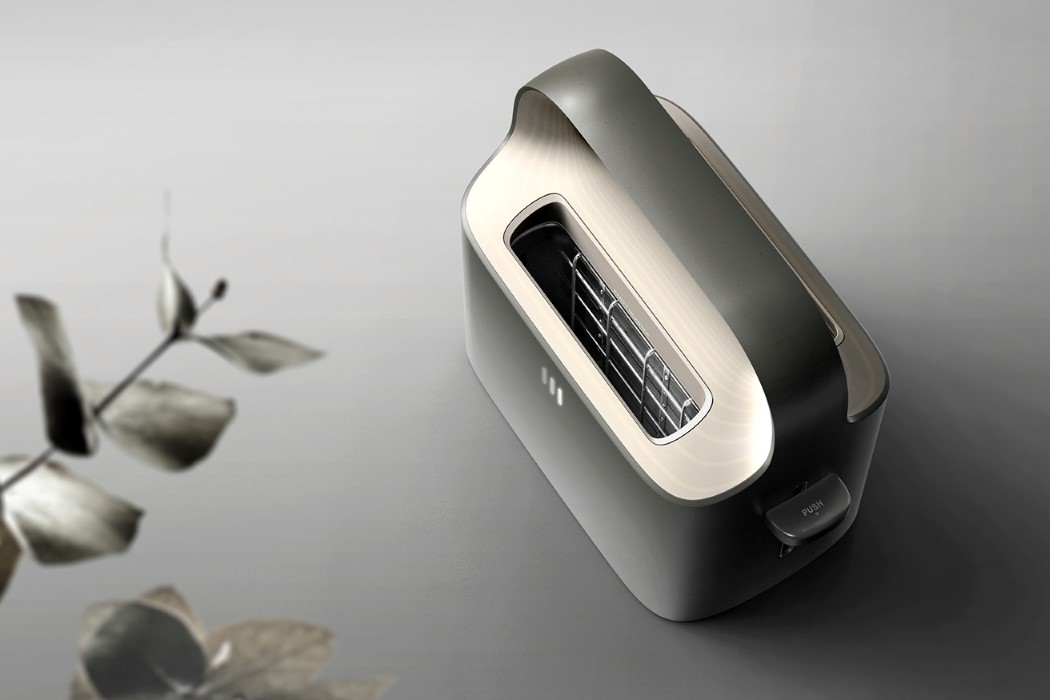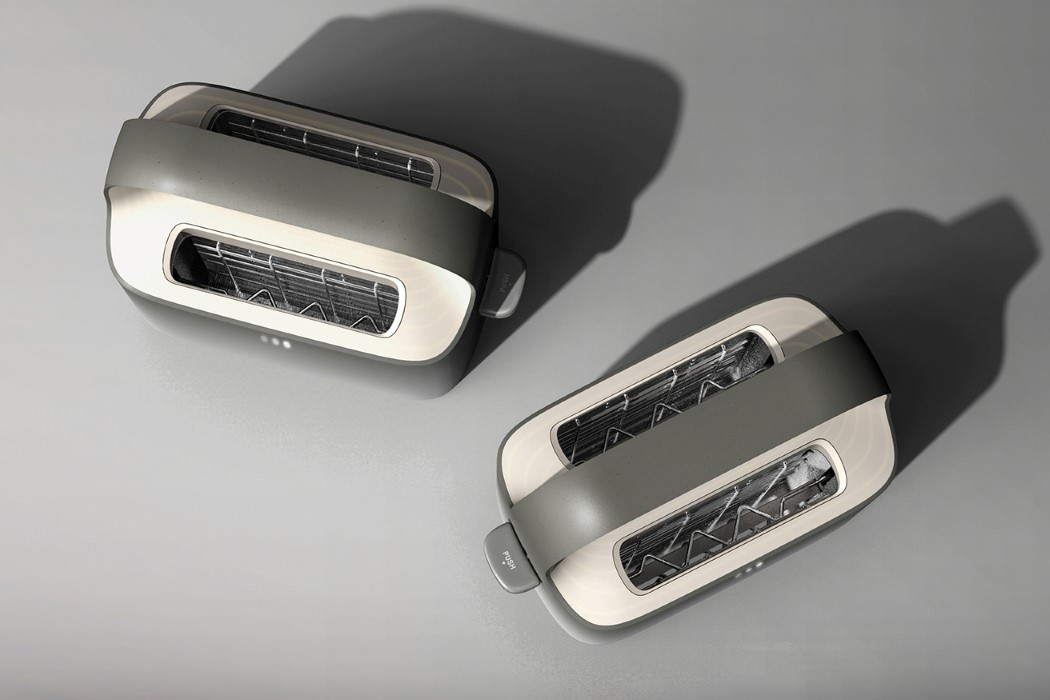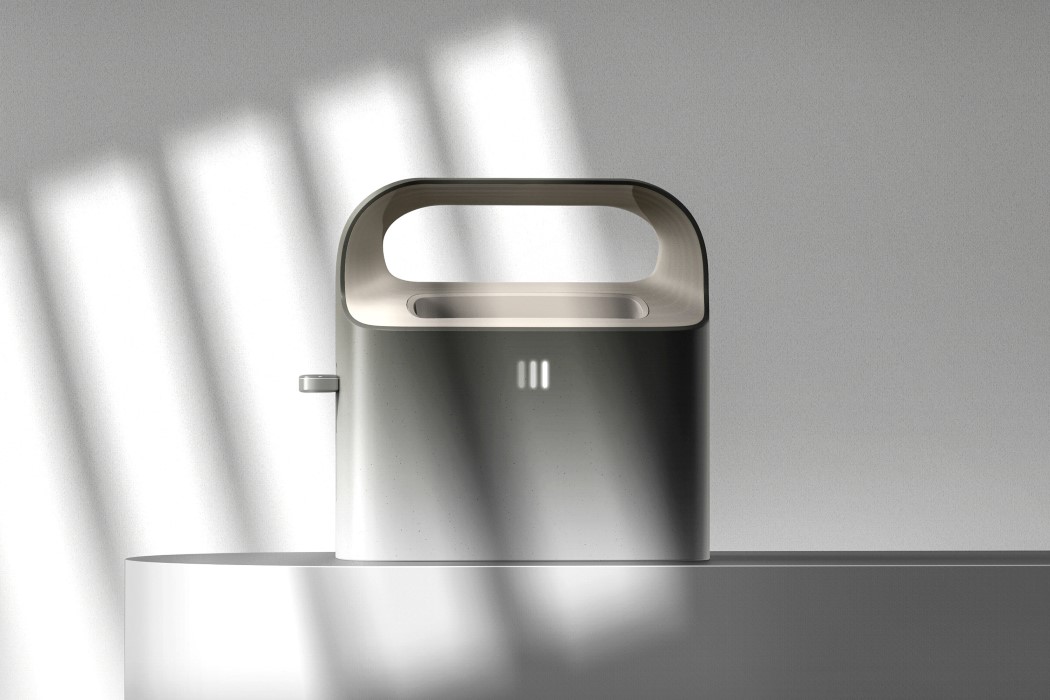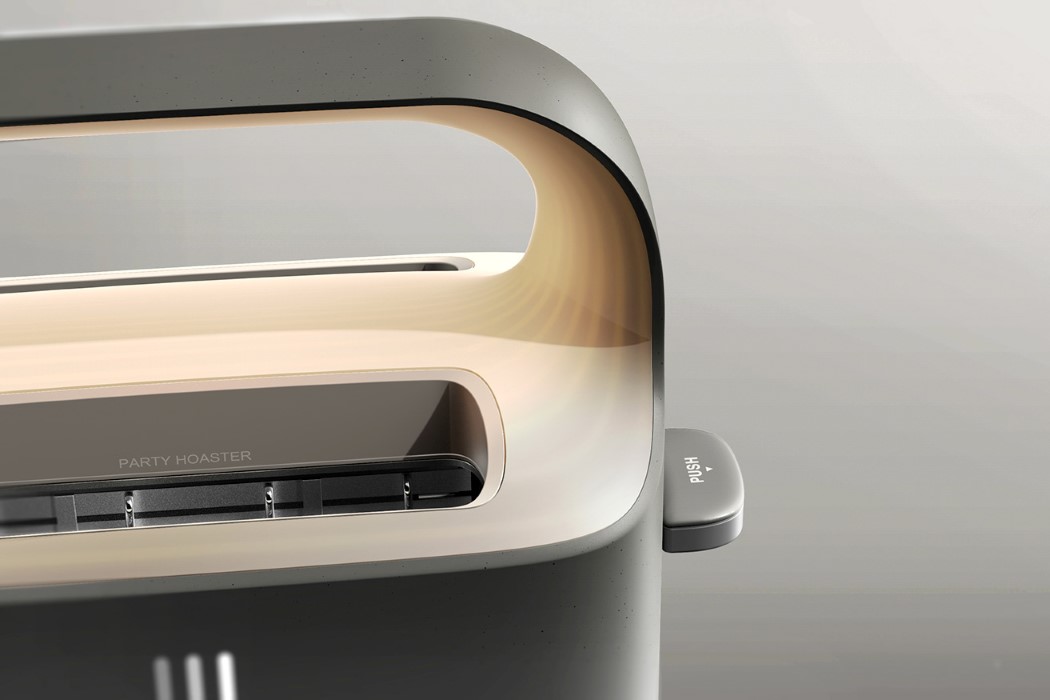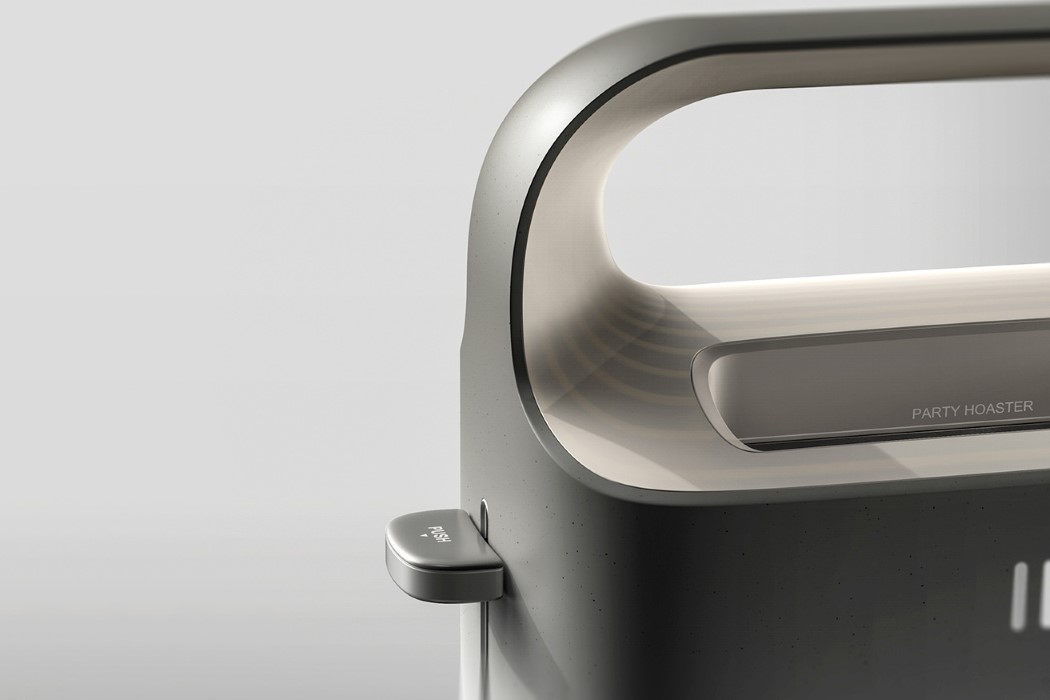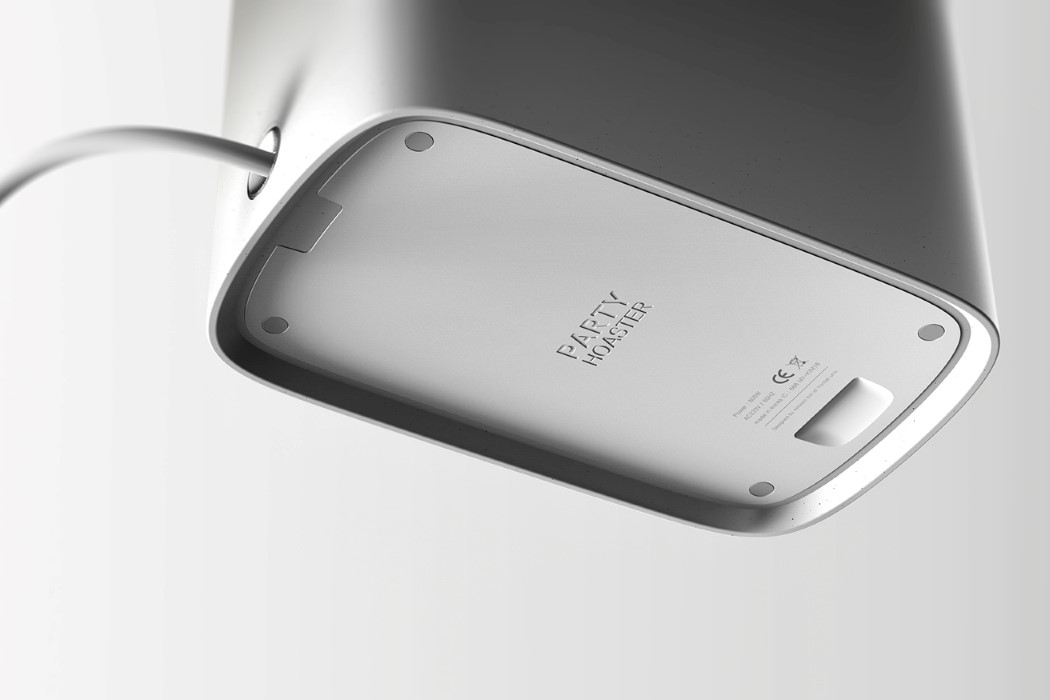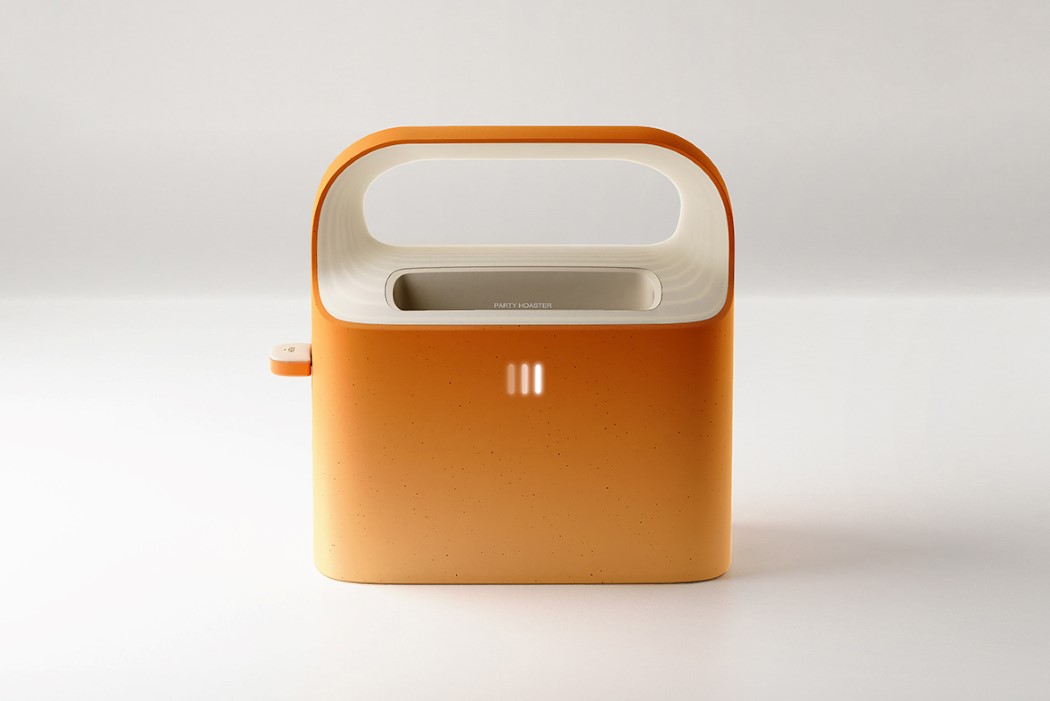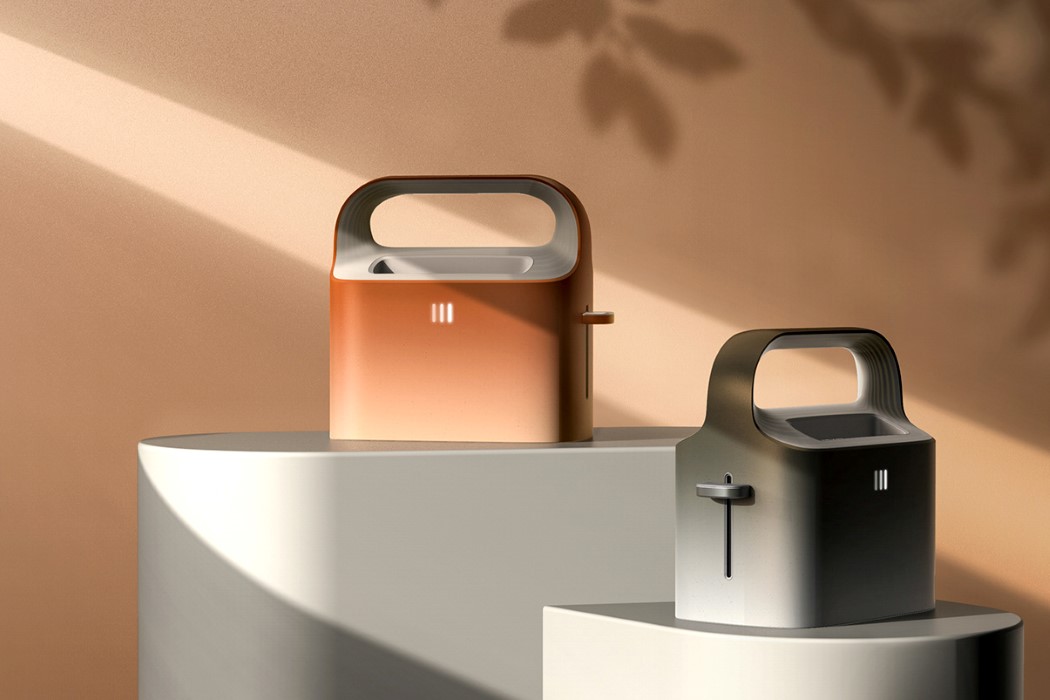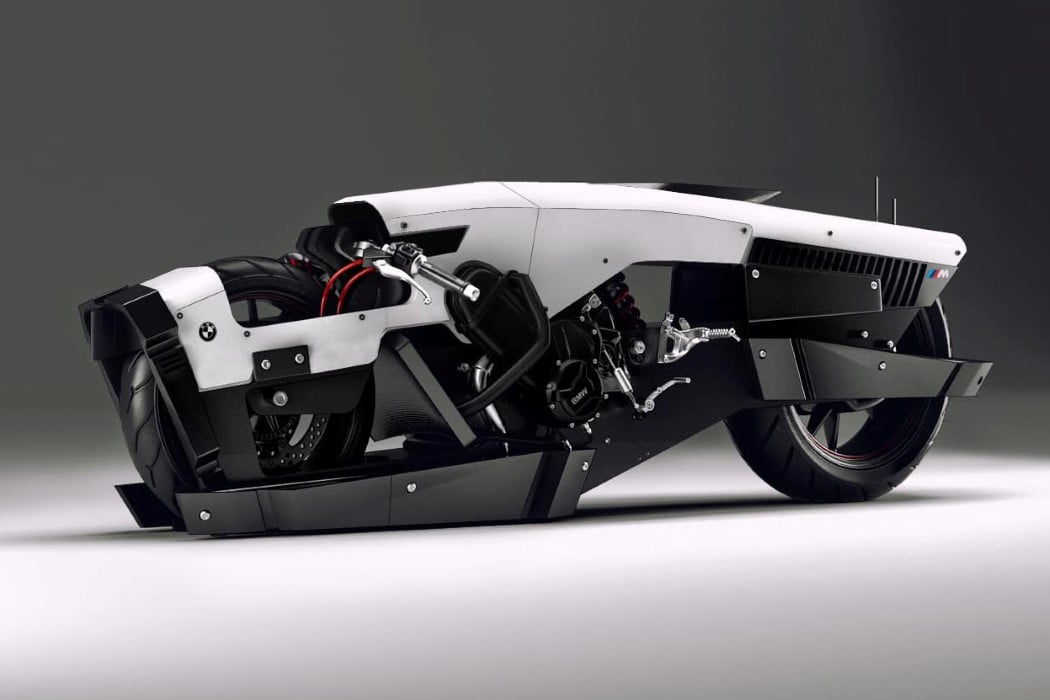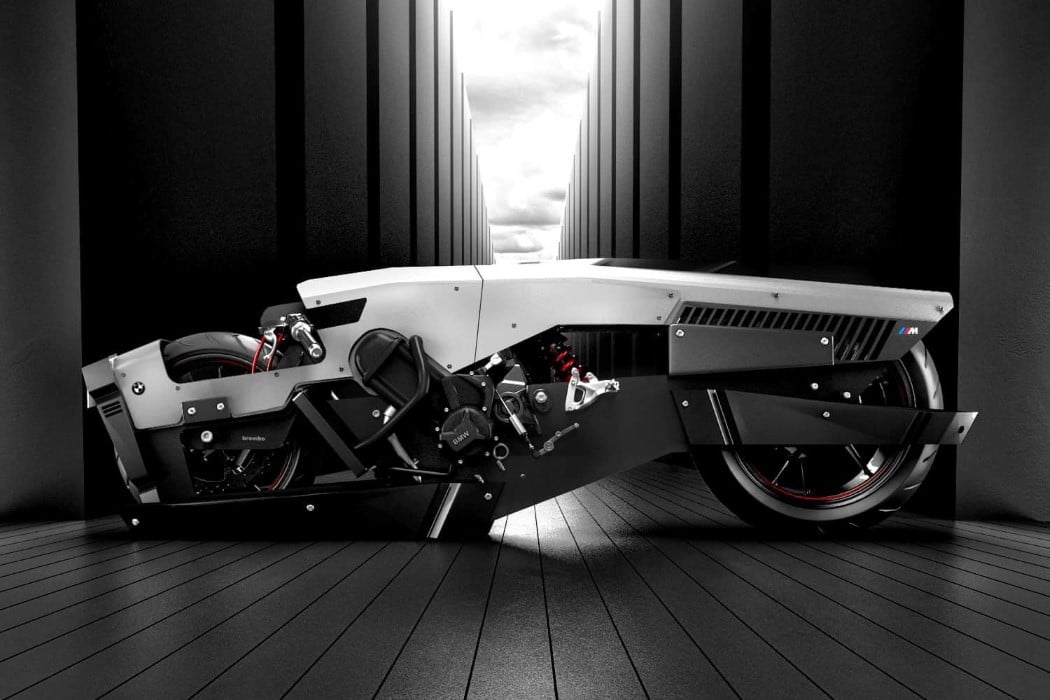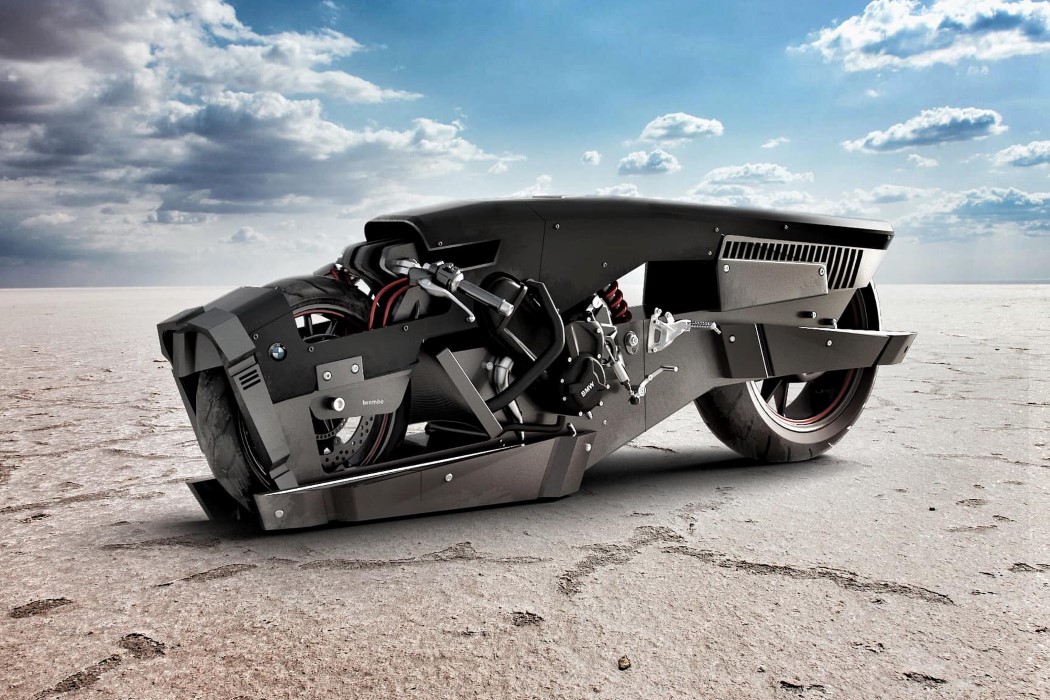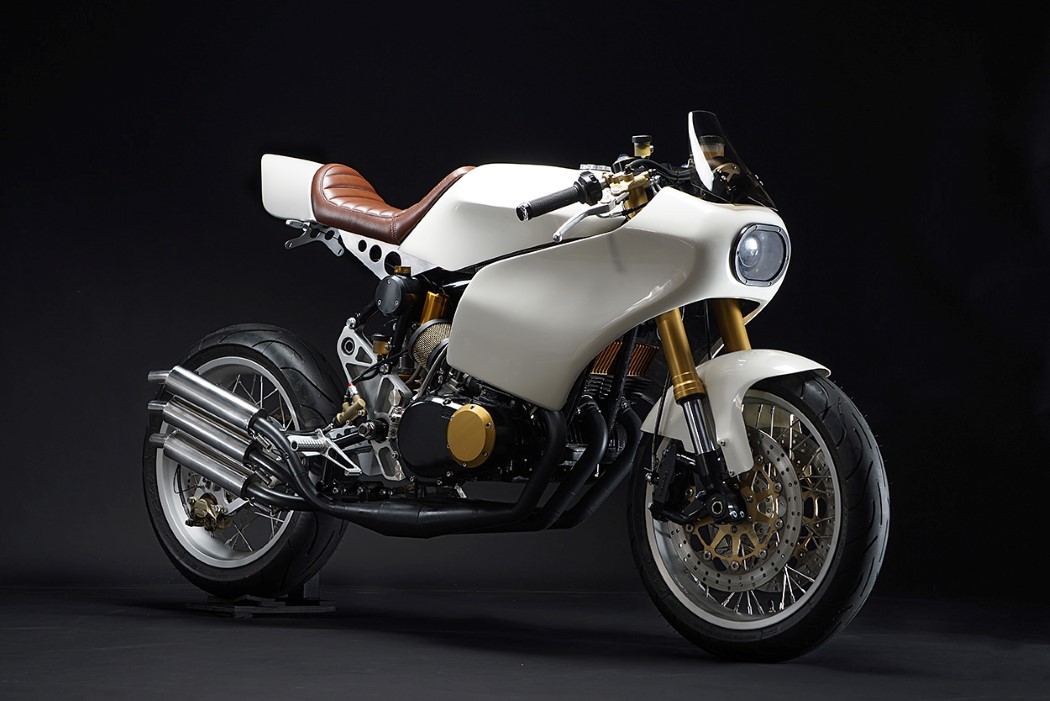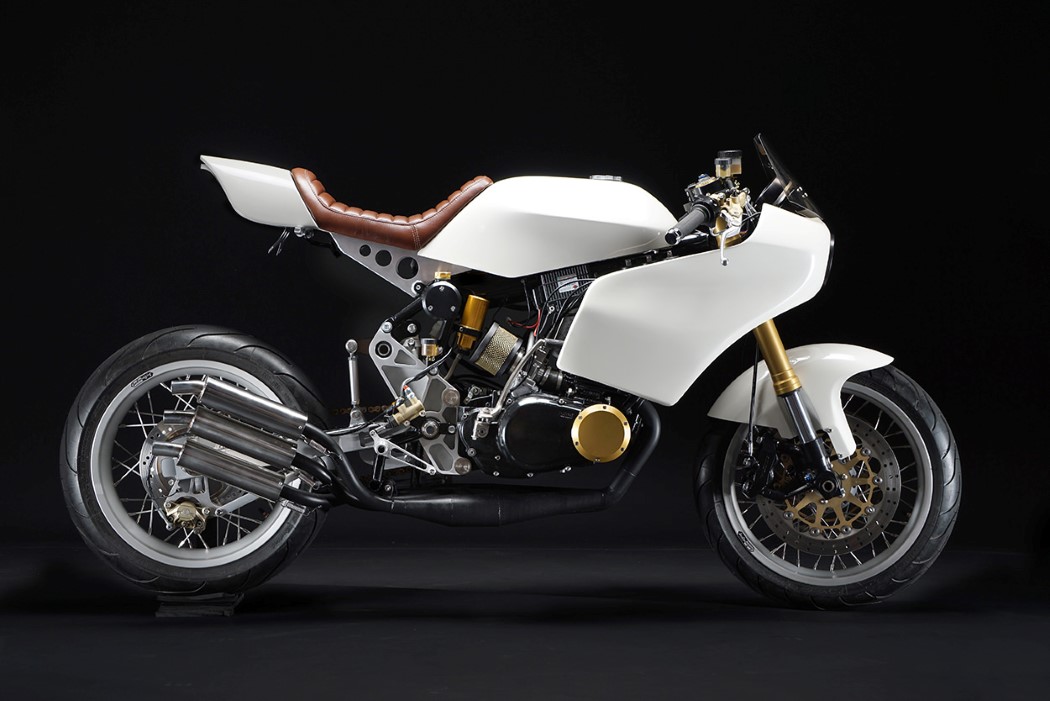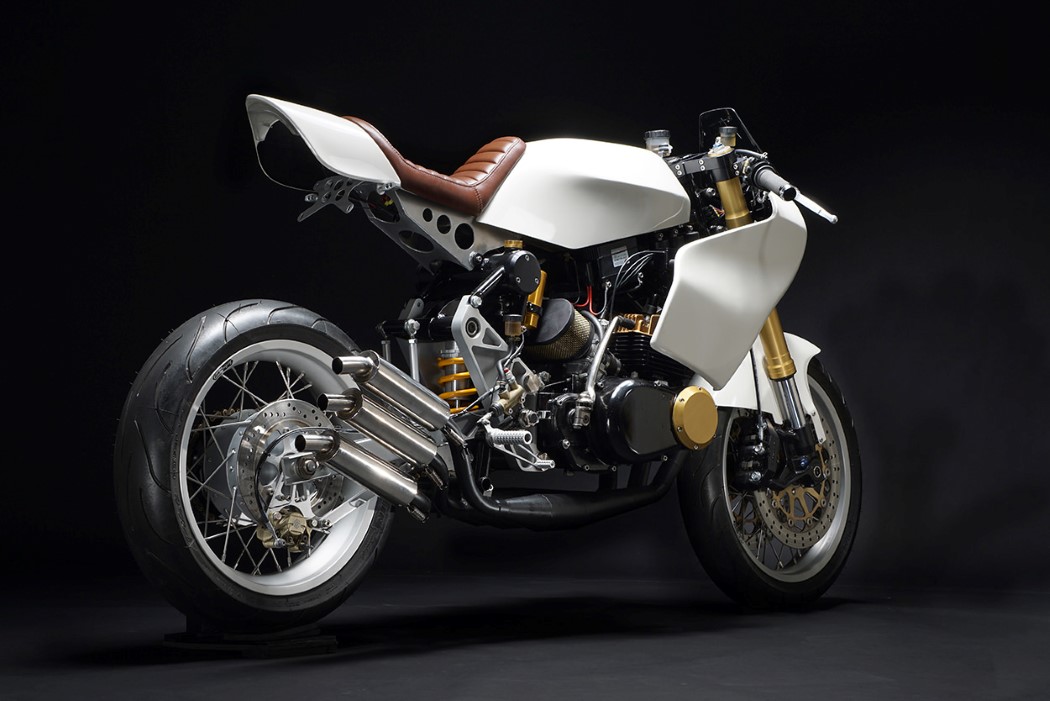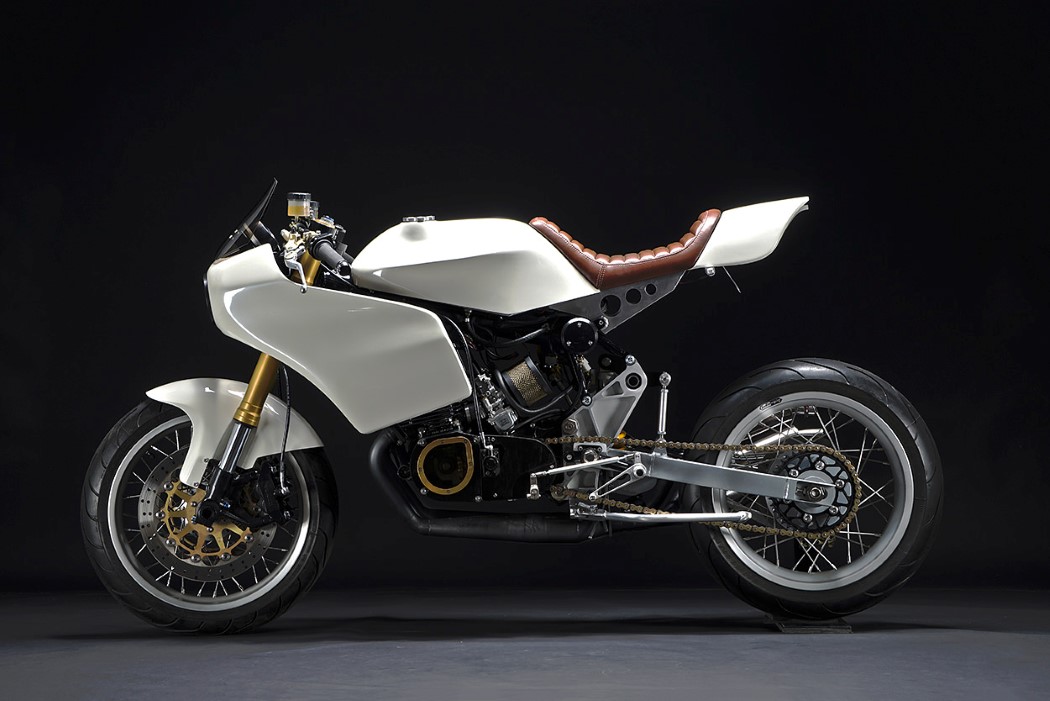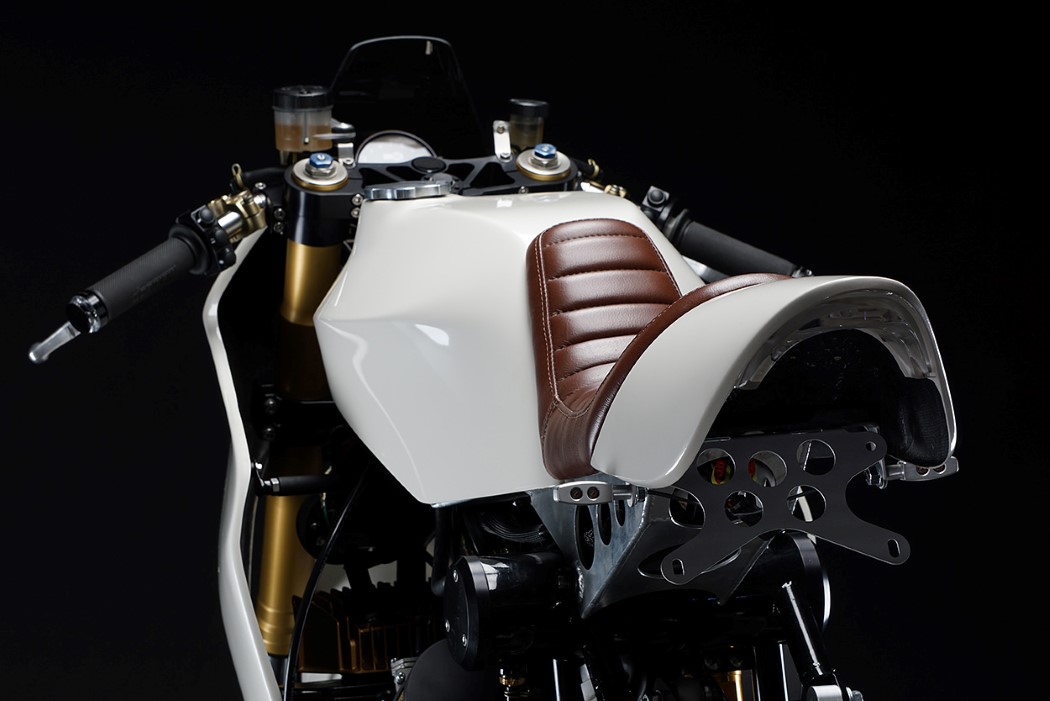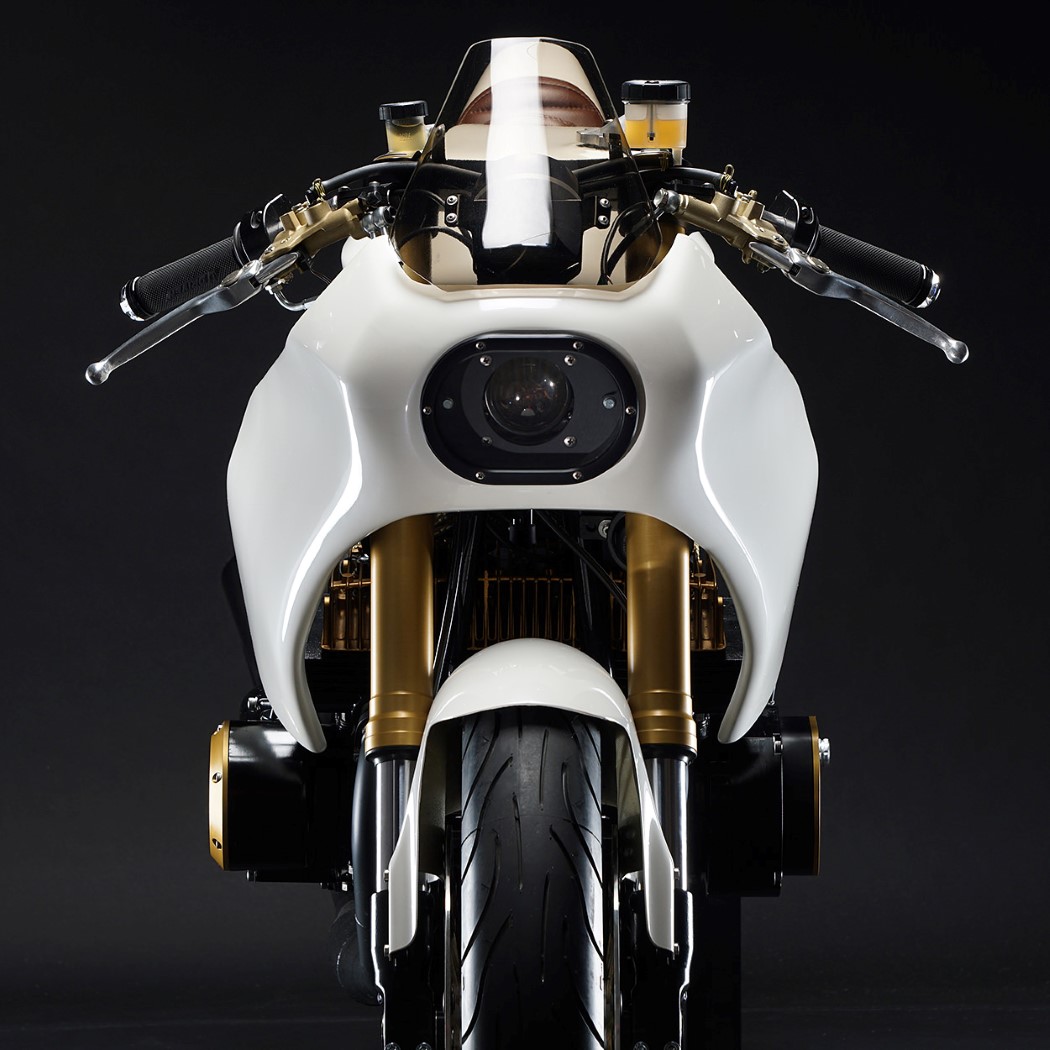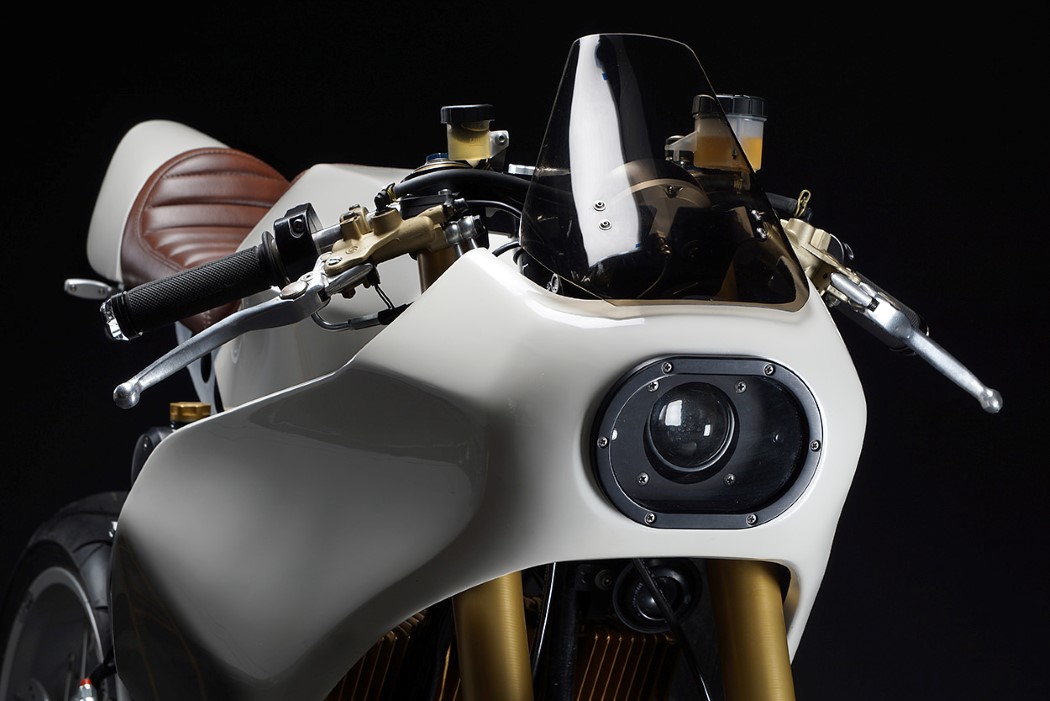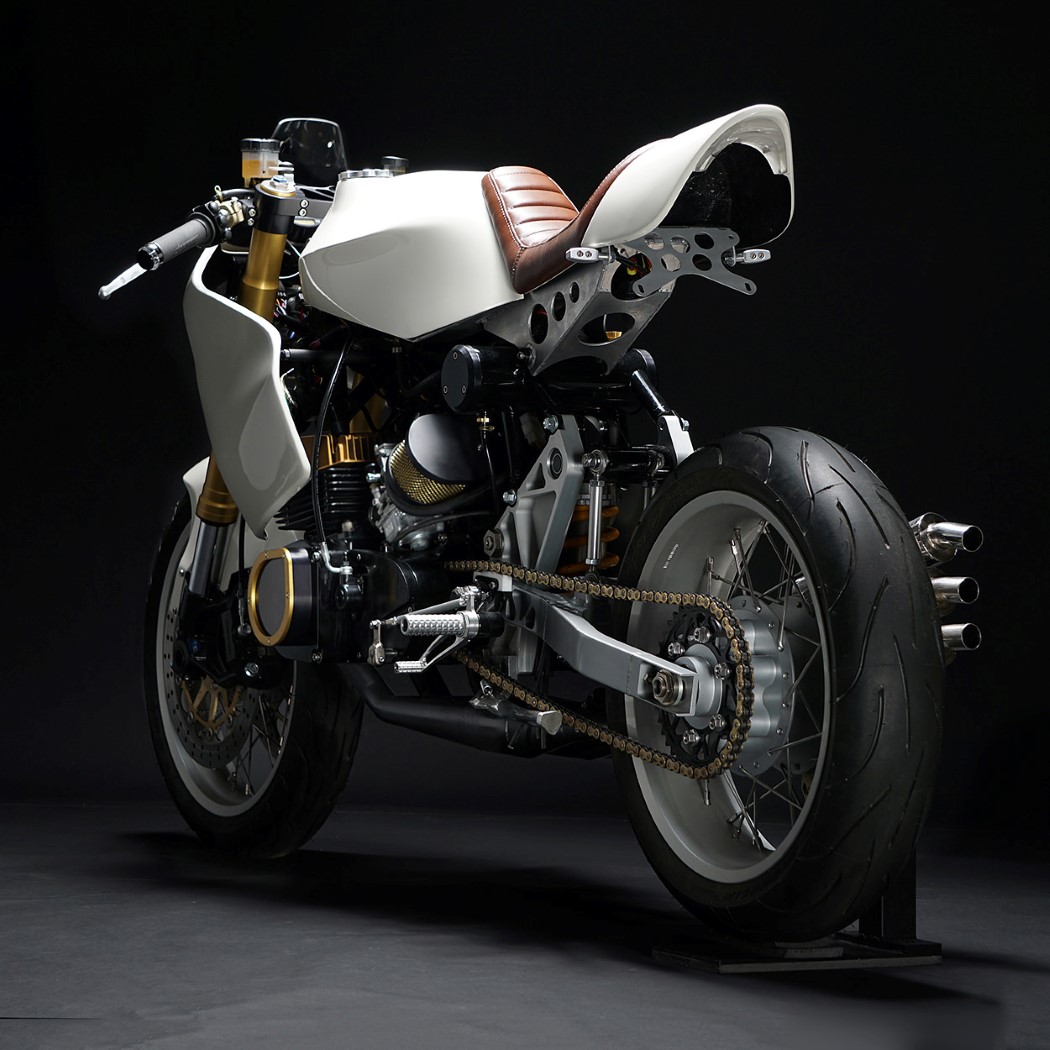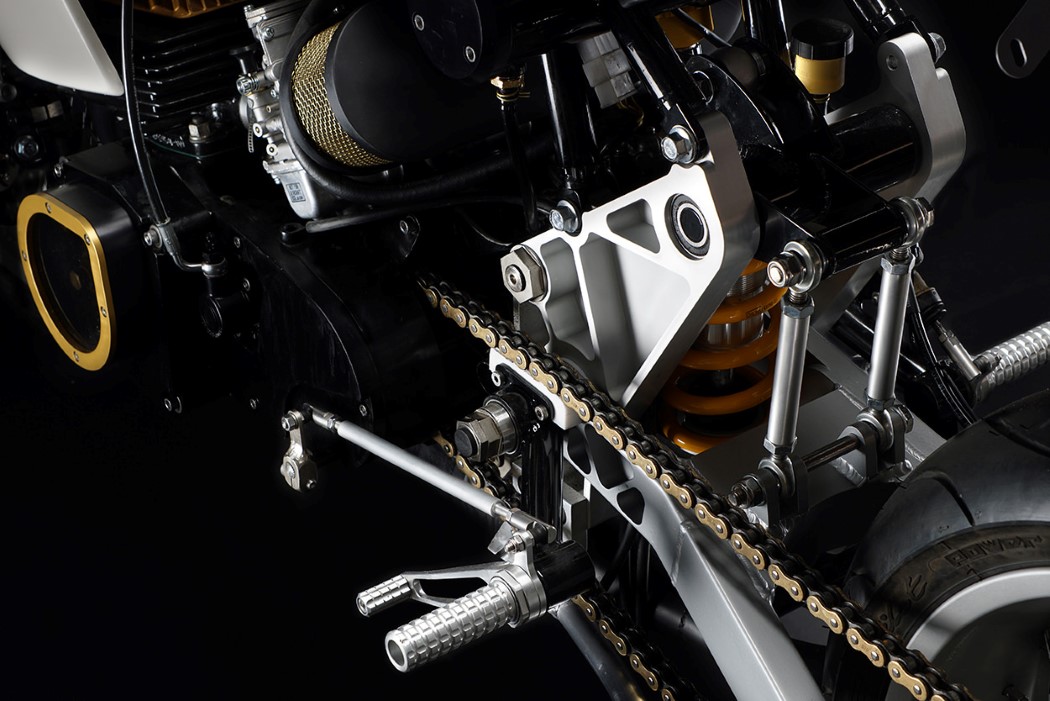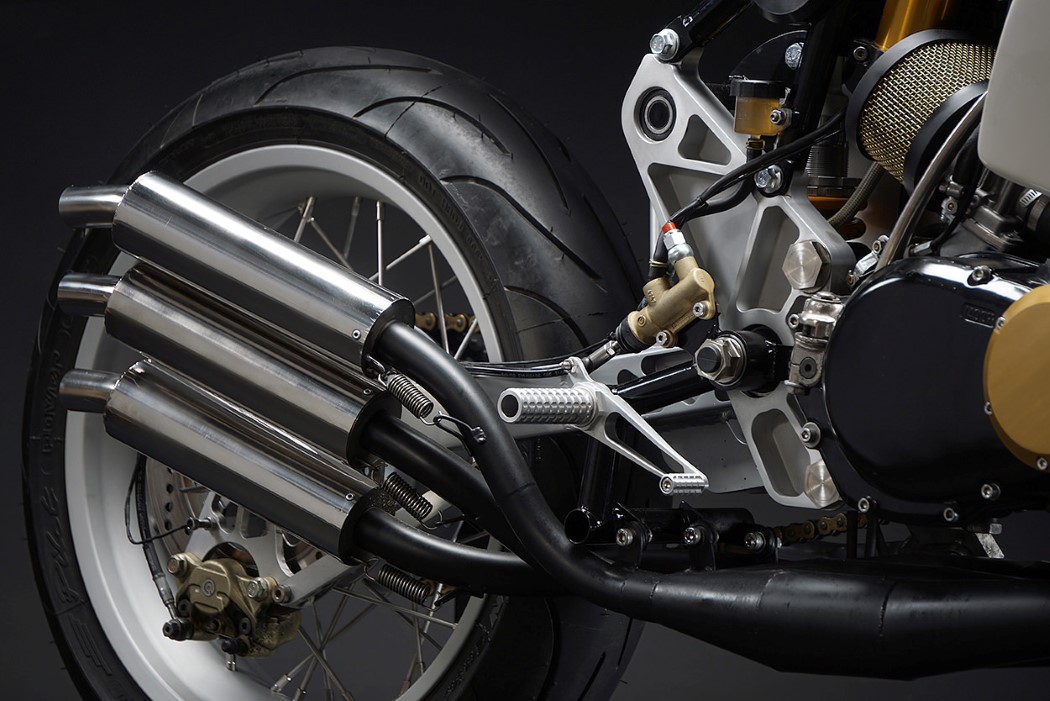
Because with enough liquid resin, anything is possible, YouTuber buildxyz constructed his dream standing desk by encasing printed circuit boards (PCBs) in clear plastic. What a beauty. As I’m sure Indiana Jones would agree, it belongs in a museum. Presumably, right alongside a bunch of old statues with missing arms.

In addition to some very beautiful woodworking, the desk includes adjustable mood lighting, a wireless charging station, cable management solutions, an under-desk computer mount, and, perhaps most importantly, a built-in coaster. I mean, you have to set your drink somewhere, and better on a coaster than in your lap – that’s my motto.
Now that’s a nice desk. Way nicer than my standing desk, which, yes, is a closet door lying across two piles of boxes. I originally built it to see if I’d like a standing desk enough to justify purchasing one, but I loved the price of this one so much that I never got around to buying another one. Sure it slants to one side, and the doorknob always gets in the way when I’m typing, but it was free. Besides, the guest bedroom doesn’t really need a closet door anyways.

[via HackADay]


